One of the first post-fire issues landowners face is property cleanup. Debris can include homes, vehicles, structures, personal property, chemicals, and toxins.
Debris cleanup also includes burnt trees. How and when to remove damaged trees is one of the most complicated situations an owner will have to deal with post-fire.
How and when to remove and clean up the trees
Burnt trees that are still standing are weakened by the fire and at risk of falling down at any time. They are therefore a hazard to anyone on the property. Therefore, to safely work on cleaning up the other debris on the property, the dangerous trees, often called “hazard trees,” must first come down.
Before felling the trees, owners should document the damage . Take wide angle photographs that show the tree, the tree’s location on the property, and the damage all in one shot.
Factors to consider in deciding to take down a tree:
Is the tree a hazard to the public?
If the tree poses a threat to a public right of way or property like a road, ultimately the county can force you to remove the tree or allow them to enter your property so that the county can remove it.
Will the tree survive?
Many trees look completely burned, but will recover. Nobody wants to cut down trees that will end up surviving. An arborist can provide an opinion. In general, however, oaks are hardy while pine trees can withstand very little fire damage.
Does the tree pose a risk to your own property?
Keep in mind that there may be large equipment being used on the property during cleanup and rebuilding. Many operators won’t work on properties with trees in danger of falling nearby.
A still-standing tree may appear stable, but with increased winds, rain, and snowfall approaching it may actually pose a risk to someone on your property.
There can be root damage from the fire that hides the damage and the risk of the tree falling. Again, an arborist can help.
What happens to the wood when the tree is felled?
Will the tree be cut in long enough sections to be worth milling, or “lopped”?
Will the contractor haul away the tree or leave it on your property?
If they leave trees on your property, will they stack and organize them?
If PG&E or the County cut down your trees, what happens?
What kind of damages can PG&E be made to pay for?
The laws in California provide unique avenues for recovery that don’t exist in other states. It’s important to hire an experienced CA attorney to maximize the recovery in your case. PG&E can be required to pay for the diminution in value that your property suffers as result of the loss of the tree, the value of the tree using the “trunk formula method” of valuing trees or, in some cases, the cost of replace the tree with one of like kind, size, and species.
We are experienced PG&E wildfire attorneys. If you have standing dead trees on your property after the Dixie Fire, call today and we’ll walk you through what you stand to recover for your trees. You will be connected to one of the attorneys in the firm that have worked closely with expert arborists, foresters, and engineers in past cases and know the complexities of these cases first hand. The laws governing tree damages are complex and date back to the 1800s, hiring an experienced attorney like those at Danko Meredith to guide your case to a resolution is the best thing you can do in your recovery.




